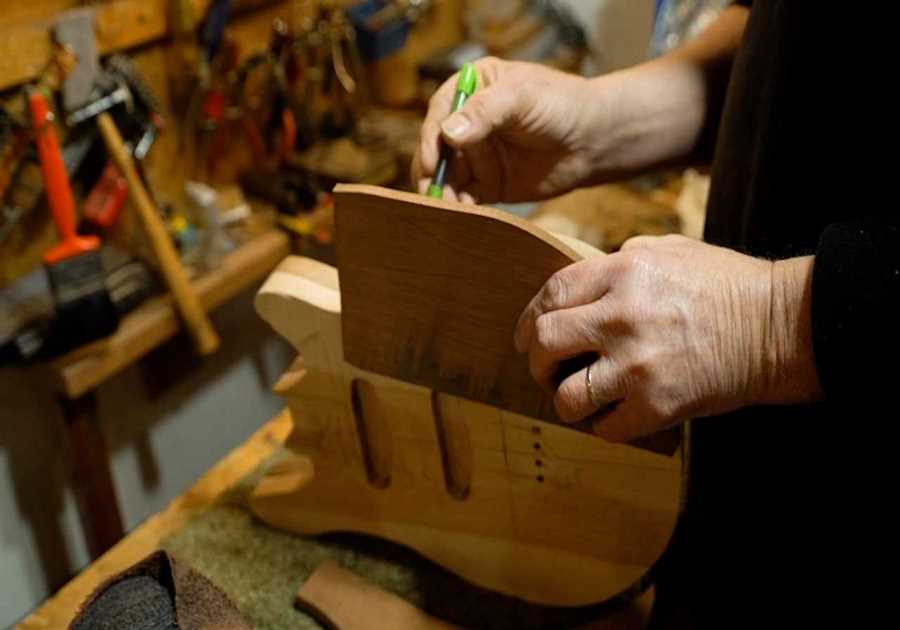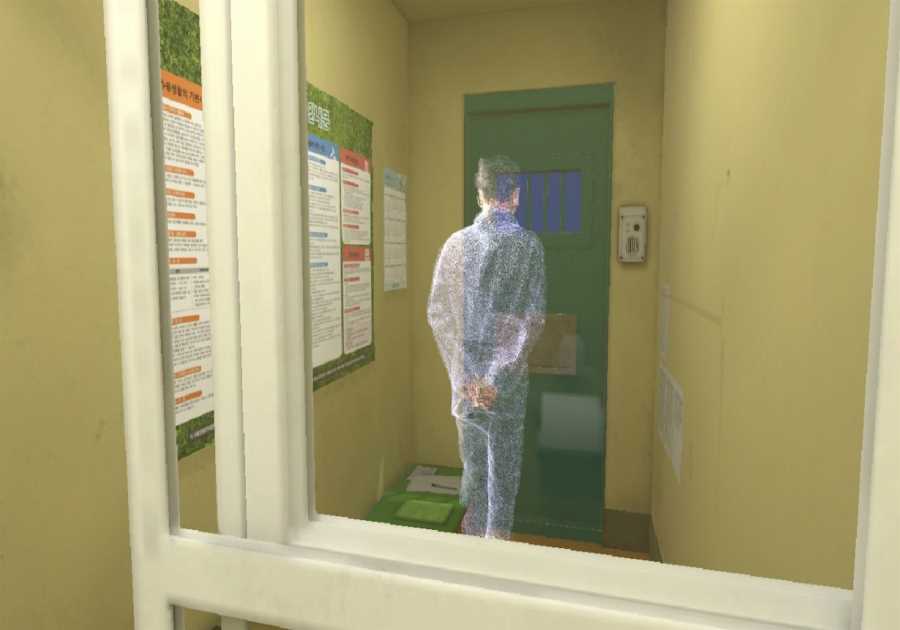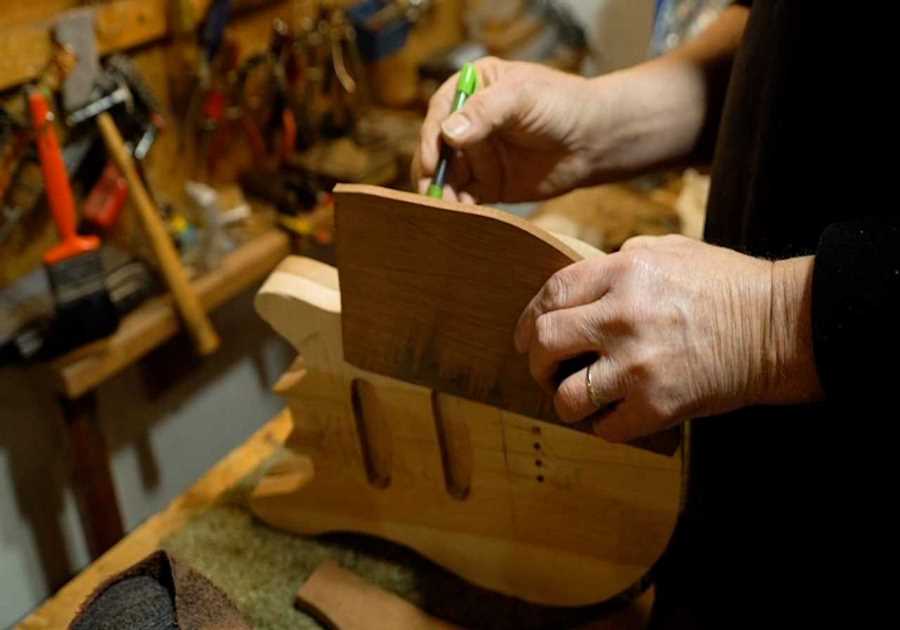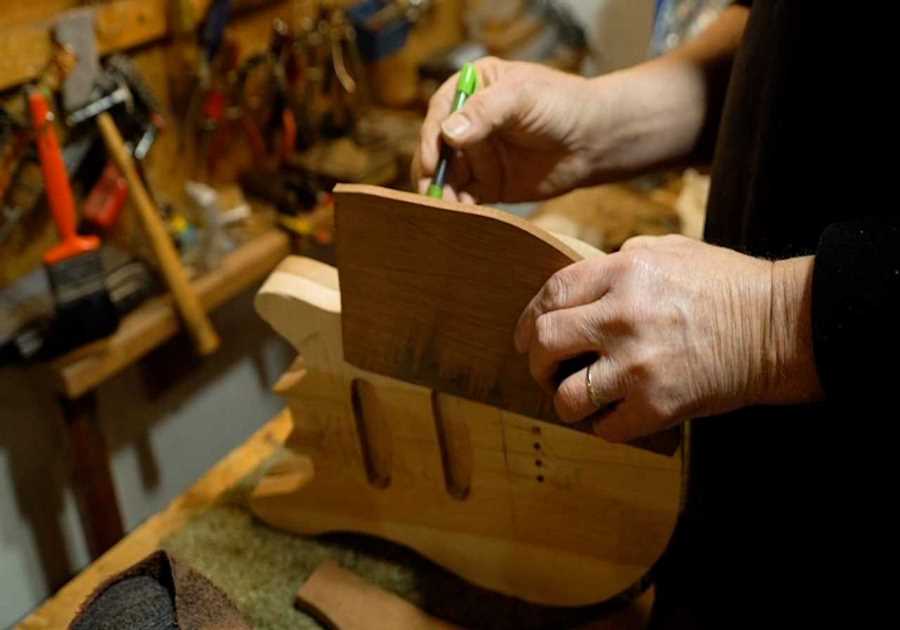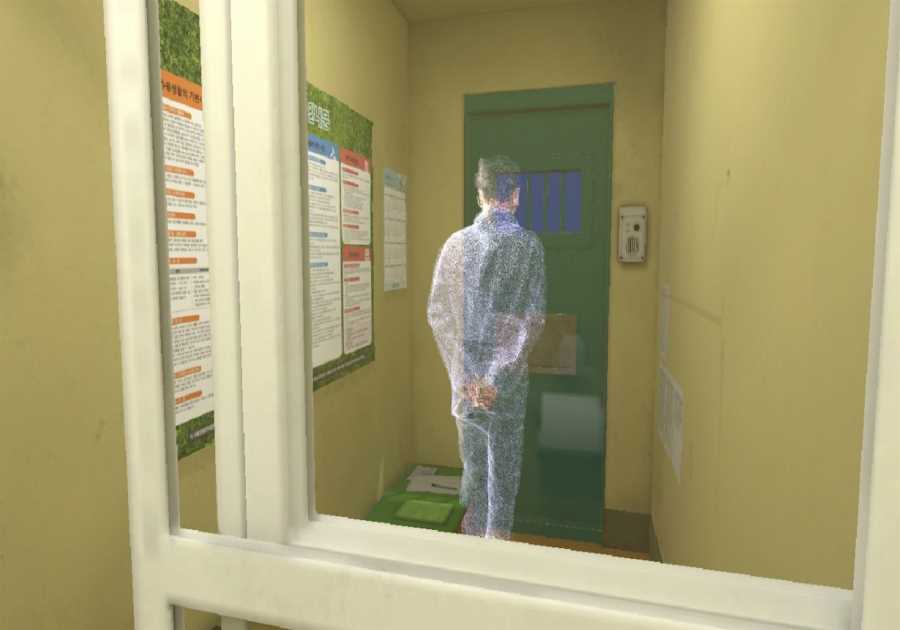The renowned oceanographer wants humanity to look below the surface.
share this article
It’s hard to imagine a more devoted advocate for Earth’s big blue than acclaimed oceanographer and National Geographic Society Explorer in Residence Dr. Sylvia Earle.
At 86 and about 5’2”, Earle’s age and diminutive frame believe a commanding presence and ceaseless energy. She powers through nearly 300 speaking engagements a year, pushing for greater protections for the “Blue Heart of the Earth.” For Earle, exploration and education are the keys to progress. “You can know and not care, but you can’t care if you don’t know,” the renowned scientist says. Her message is unsettlingly simple: “No Blue, No Green.”
A former chief scientist of the National Oceanographic and Atmospheric Administration (NOAA), Earle founded Mission Blue in 2009. Its purpose is to support and amplify community-based initiatives for a global list of marine ecosystems (140 to date) scientifically identified as essential for ocean health dubbed “Hope spots.” The objective is to protect 30 percent of the ocean by 2030. To help Mission Blue reach its goal, you can donate to the organization.
In February 2023, Earle will lead the world’s first Antarctic Climate Expedition aboard Aurora Expeditions’ new, 132-passenger ship named after Earle, or the “Living Legend,” a moniker given to her by the Library of Congress. The by-invitation summit will feature an international mix of 100 academics, artists, and luminaries to address the effects of climate change on the region and the world.
In honor of World Oceans Day, AFAR spoke to Dr. Earle about her historic expedition, what perplexes her about humanity, and her challenge for everyone interested in the planet’s future.
Did you see the movie Don’t look up?
Oh sure. I want a new one: Don’t look down.
In that film, scientists sounded the alarm about an impending environmental crisis and were ignored. Have you experienced similar instances where the significance of your message wasn’t getting through?
Of course. For decades people have looked at the ocean and seen the surface. They don’t ask what’s under the surface, ignoring the principal feature that shapes Earth as a habitable place in a universe. And because we can all still breathe (even though we’re doing things that make that increasingly questionable), it’s somewhere in the future. People are much better suited, I suppose, to think about today rather than tomorrow.
When did it become clear how rapidly humanity was destroying our oceans?
Well, it was apparent to me when I was a teenager that what we were doing to the land and the ocean was permanently transforming the nature of our home. Earth. And doing it with such casual indifference to the damage we were inflicting. The lack of respect for life and even our own fellow humans has always seemed perplexing to me that as intelligent as humans are in so many ways, that we can be so bafflingly stupid in others.
What’s under the surface of the ocean is largely mysterious to the most. That’s changing. That’s the good news. In the last 10 years, we’ve learned more about the ocean and why it matters to everyone everywhere all the time than during all preceding history put together.
At a TED Talk in 2009, you said the next 10 years would be the most important in the next 10,000 years. Thirteen years later, how did we do?
It’s still true. It’s just getting harder. At the time, a tiny fraction of 1 percent of the ocean was highly or fully protected. It’s now 3 percent. That’s a big step from where it was to where we are. And if we can keep accelerating that, we may get to 30 percent by 2030. Is that enough? No, it isn’t. We can’t trash 70 percent of the planet and get away with having a healthy life or life at all. We need to put our effort into safeguarding the nature of places that have a magnified role in shaping planetary temperature. What happens in coral reefs affects everything everywhere all the time. The opportunity to change our ways is almost disappearing. We don’t have the flexibility, the latitude that we had 200 years ago or even 20 years ago.
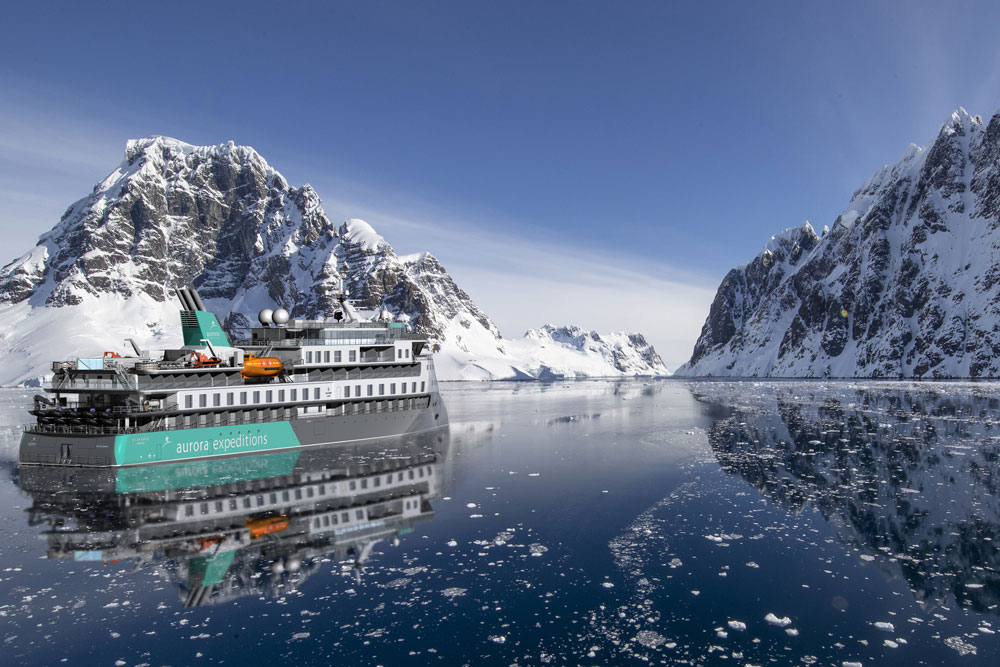
You’ve lent your name to Aurora Expedition’s new ship, the Sylvia Earle. The partnership feels a bit counterintuitive. What interested you about the opportunity?
Well, [Aurora’s] ethics of caring. To go with a sense of respect and try to convey why it matters, why [it’s important] to care for not just Antarctica as this magnificent, splendid, impressive area, but as a living system. The vessels that are there on goodwill missions for education [and] science, there’s a carbon footprint associated with it. But knowing that you’re doing your best to offset the real cost in terms of impact on climate is admirable, and that’s one of the approaches that the Aurora family of vessels pledges to do. But most importantly, to expose people [on a cruise] who have influence, who can not only change their own lives but go back and help shape others who don’t have the privilege of going to Antarctica.
You are leading the first Antarctic Climate Expedition on the Sylvia Earle in 2023. What do you hope to achieve?
The importance of this [expedition] is to get people together who have different gifts, talents, capabilities, and powers and say, OK, let’s make this a meaningful expedition. This is not just going to be let’s go see a beautiful place and come home inspired. No, we want to come back with a commitment to take a new direction, whatever that might be. Not just one thing, but a number of resolutions that individually and collectively make a difference. And then a film that will convey the spirit. A book that will show amazing images. An exhibit. It will be a living thing. It’s meant to provoke thought that will lead to action.
You’ve been to Antarctica a few times. Have you seen the changes caused by climate change?
I’ve been looking through the eyes of the instruments in the sky that have been measuring the decline of the major ice formations. There are things that you can see from high above that you can’t see when you’re close. Those scientists who go much more often than I do, studying penguins, for example, are devastated by the reduction in the numbers, and those who study krill are, again, appalled at the loss of ice because it’s a habitat, a critical habitat for krill. Fifty years ago, we didn’t know enough and couldn’t see the connections that are now coming into place. Pieces of the puzzle to enable us to see how things work and how we’re now missing pieces that will never come back.
What’s the best way people can support ocean conservation?
We’ve taken so much, all of us have, in order to be here. We’ve all consumed nature. If you can make a point of being empathetic, showing compassion for life, human life, and life generally, whether it’s a tree or a wildflower, but certainly the animals that share space with us. Treat nature as if your life depends on it. Recognize it does, then do something about it. It would be presumptuous for me to tell you what you can do because only you know. Get out there. do it Whatever it is. Don’t sit around and say I’m so depressed because there’s so much that’s wrong. Do your part to fix whatever you can and get somebody else to do the same thing.
>> Next: A New Partnership Aims to Protect Our Fragile Oceans—Here’s How Travelers Can Help
Did you miss our previous article...
https://yogameditationdaily.com/meditation-retreats/in-the-grand-canyon-architect-mary-colters-genius-lives-on

